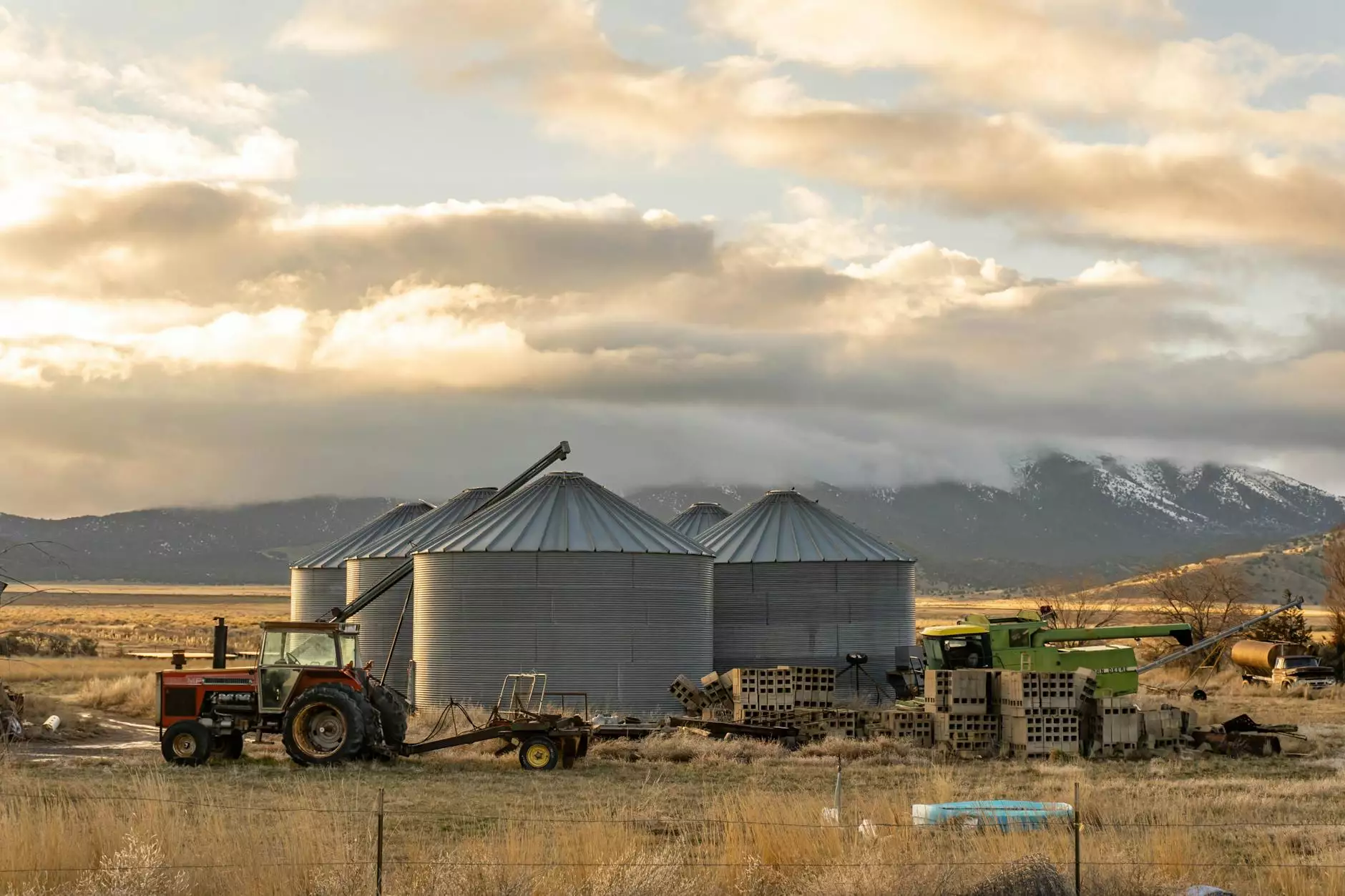Silo Monitoring: Enhancing Productivity in Farming

In the modern agricultural landscape, precision, efficiency, and timely information management play crucial roles in maximizing productivity. Among the various technologies that are driving this revolution, silo monitoring stands out as a vital component for managing grain storage effectively. Understanding what silo monitoring is and how it can benefit your farm is essential for any agricultural business looking to optimize its operations.
Understanding Silo Monitoring
Silo monitoring refers to the use of technology and instruments to keep track of the conditions inside storage silos. These systems provide data on various parameters, including temperature, humidity, and pressure. By continuously monitoring these factors, farmers can prevent spoilage, manage inventory levels, and improve overall grain quality.
Key Components of Silo Monitoring Systems
A modern silo monitoring system typically consists of the following key components:
- Sensors: Variety of sensors are used to measure temperature, humidity, and gas concentrations.
- Data Loggers: These devices collect and store data from the sensors for further analysis.
- Wireless Communication: Enables remote monitoring and alerts, allowing farmers to keep track from anywhere.
- Software Interface: An application or platform that presents the data visually and provides insights.
The Benefits of Silo Monitoring
Implementing a silo monitoring system can yield numerous benefits for farmers and agricultural businesses:
1. Prevent Spoilage and Waste
One of the most significant advantages of silo monitoring is the ability to prevent spoilage. Grains are highly sensitive to changes in moisture and temperature. By keeping a close eye on these factors, farmers can take preventive action before any damage occurs, reducing waste and maximizing profit margins.
2. Improved Grain Quality
The quality of stored grain is crucial for its market value. With ongoing monitoring, farmers can ensure that their grains are maintained in optimal conditions, preserving their quality and ensuring they meet industry standards.
3. Increased Storage Lifespan
Regular monitoring can help extend the lifespan of grain stored in silos. By preventing conditions that lead to spoilage, farmers can store their crops for longer periods without loss in quality.
4. Automated Alerts and Responses
Modern silo monitoring systems come equipped with automated alerts that notify farmers of any adverse conditions. This real-time information allows for immediate responses, reducing the risk of significant losses.
5. Better Inventory Management
Understanding the precise conditions and levels of stored grain helps in effective inventory management. Farmers can plan their logistics and sales strategies more efficiently with better data at their disposal.
Advanced Technologies in Silo Monitoring
The field of silo monitoring has evolved significantly with the advent of advanced technologies. Here are some cutting-edge solutions transforming how farmers manage their grain storage:
1. IoT Integration
Internet of Things (IoT) technology allows farmers to connect their monitoring systems to the internet. This integration enables real-time data access from any device, providing convenience and immediacy in decision-making.
2. Cloud-Based Solutions
Cloud computing facilitates the storage of extensive data sets, allowing for comprehensive data analysis. Farmers can access historical data, identify trends, and make better-informed decisions about their grain storage practices.
3. Machine Learning and Artificial Intelligence
By utilizing machine learning algorithms, silo monitoring systems can predict potential problems based on historical data. These predictive analytics can help farmers take preemptive measures to avoid losses.



